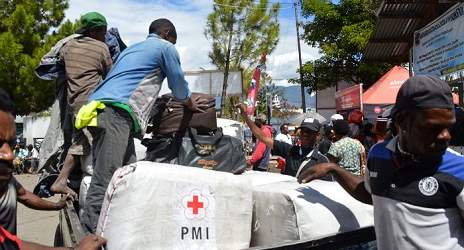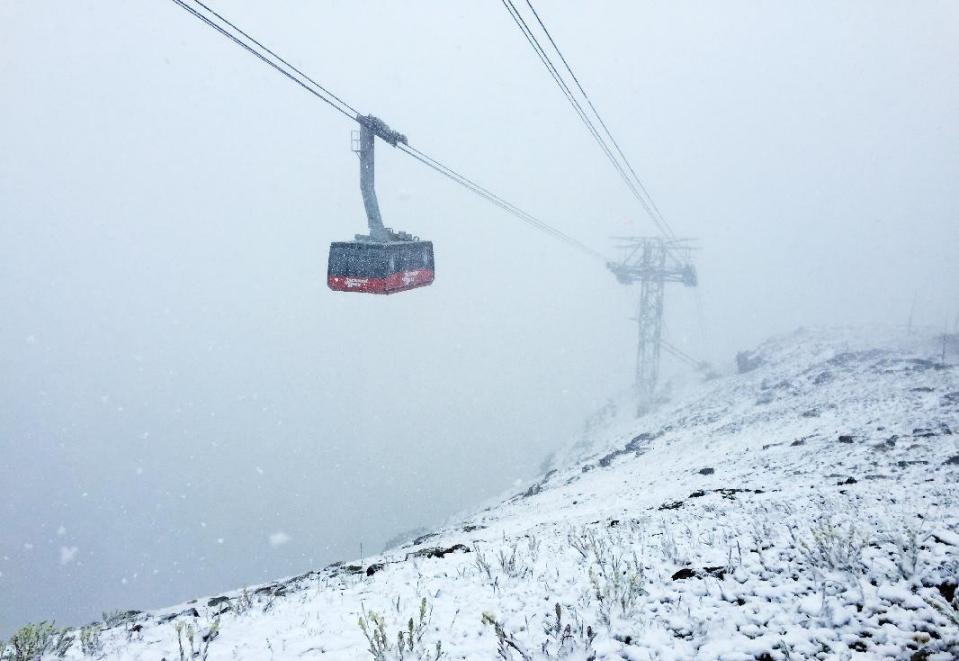
© in-cyprus.com
Another week of boiling weather has already begun, with forecasters predicting temperatures could rise as high as 42C by Tuesday.
The Weather Service issued a 'code yellow' weather warning on Saturday, meaning: "The weather is potentially dangerous. The weather phenomena that have been forecast are are not unusual, but be attentive if you intend to practice activities exposed to meteorological risks. Keep informed about the expected meteorological conditions and do not take any avoidable risks."
The entire island is already basking in "wall-to-wall sunshine" as a swathe of blistering hot air sweeps in from Asia.
The heat wave will peak on Tuesday with temperatures reaching 42 degrees inland, a meteorologist told the Cyprus News Agency.
The mercury this weekend will average around the 38 degrees mark and will gradually climb above 40ºC, with 41 degrees being the average.
On the coastal areas slightly lower temperatures, ranging from 34 to 38 degrees, are expected.
Take Precautions The heat could have health impacts, causing dehydration and exhaustion, particularly in people over age 65, infants and young children, people with medical conditions like diabetes, high blood pressure, heart disease, obesity, asthma or respiratory conditions.


Comment: All over the world extreme weather records are being broken! See also:
Russian scientist: Slowdown in Earth's rotation means we're on the verge of major climatic upheaval
Heat and high humidity can be a deadly combination